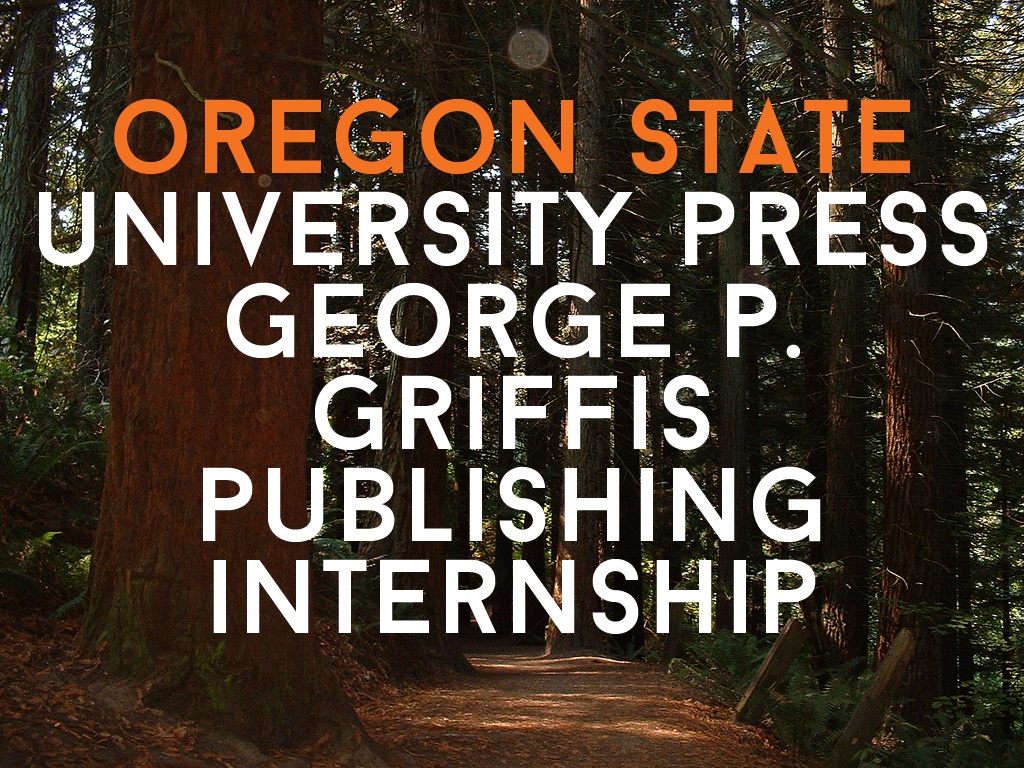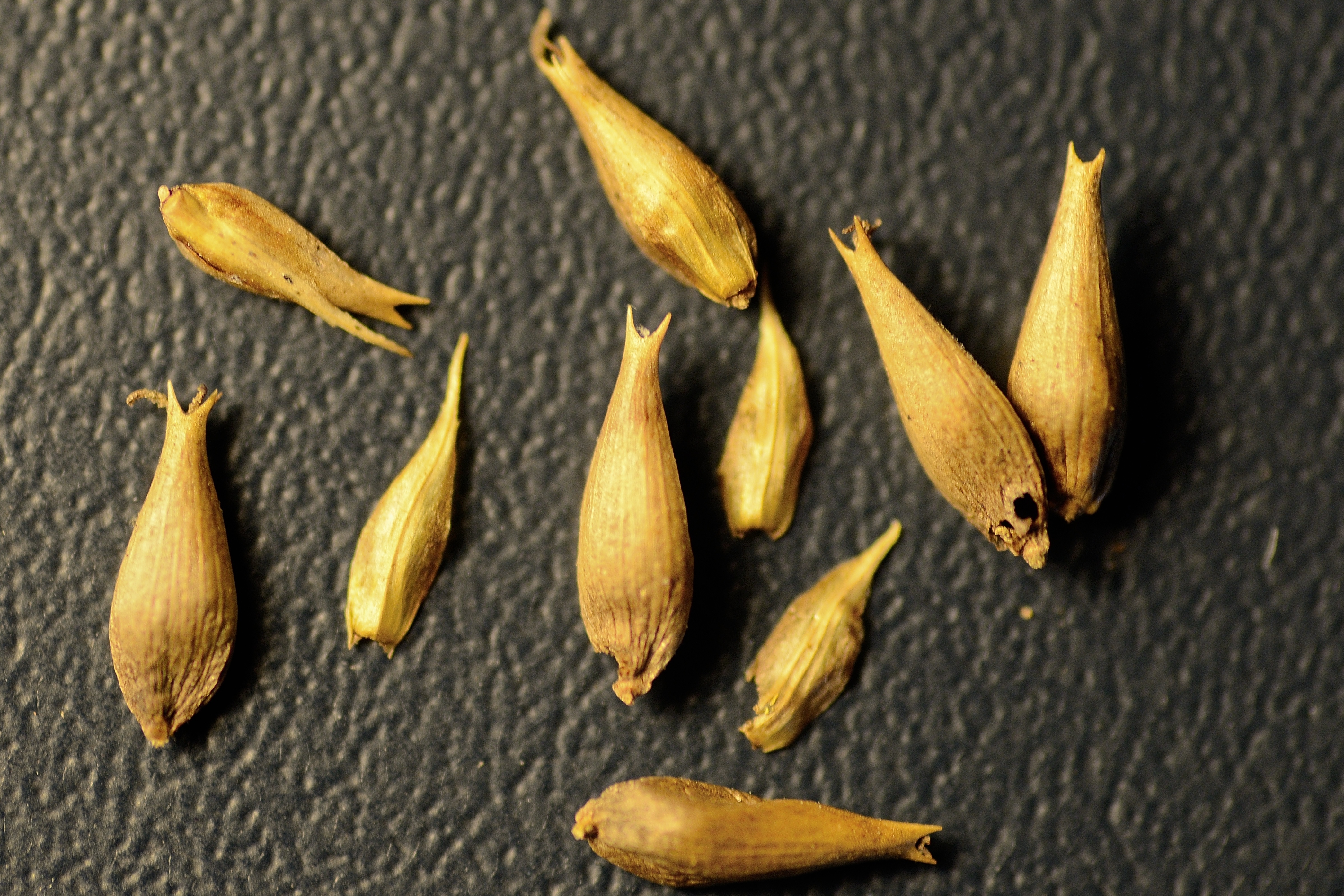"It is a truth universally acknowledged, that [books make the best gifts]"
"It is a truth universally acknowledged, that [books make the best gifts]"
Okay, so perhaps Jane Austen didn’t quite phrase it that way, but there’s a reason books make excellent gifts. Their luster doesn’t fade like clothing, diminish quickly like food, or become obsolete like electronics. Instead, our favorite titles seem to grow more powerful and poignant with time. So make your shopping simple—and meaningful—this holiday season. Browse below to find the perfect literary gift for everyone on your list. Place your orders this week to ensure their timely arrival!
Barbara Scot on Sauvie Island's "Helpful Metaphors"
Award-winning author Barbara J. Scot's new memoir, The Nude Beach Notebook, is steeped in the landscape, history, and culture of Sauvie Island. Lovers of Sauvie Island, and lovers of exquisite prose, can hear Scot read from and sign copies of The Nude Beach Notebook in Portland next Tuesday, July 8th, 7 PM, at Broadway Books and Saturday, July 12th, 7 PM, at St. Johns Booksellers.
But first, Scot joins us on the blog to reflect on the origins of her place-based narrative.
Against A Hawaiian Sense of Place
Katrina-Ann R. Kapā‘anaokalāokeola Nākoa Oliveira, Native Hawaiian scholar and author of the recently published Ancestral Place: Understanding Kanaka Geographies, joins us on the blog to reflect on the multiplicity and complexity of what is often reductively referred to as “a Hawaiian sense of place.”
***
As a Kanaka (Native Hawaiian) geographer, I have long been fascinated by the notion of “a Hawaiian sense of place.” I have seen this phrase employed at airports, development project sites, and institutions of higher learning in Hawaiʻi as a marketing strategy to entice visitors, potential homeowners, and students seeking a unique Hawaiian experience. Yet, as a Kanaka growing up in ka pae ʻāina Hawaiʻi (the Hawaiian archipelago) my understanding of this concept is not tied to material gain; rather, it is a form of environmental kinship in which the Kanaka is genealogically and spiritually linked to the ʻāina (the land; that which feeds).
In Forest Grove, Echoes of Chemawa Indian School
Chemawa Indian School in western Oregon, one of the nation’s oldest federal boarding schools and the longest still in continuous operation, is an emblem of a system that has intimately impacted countless lives and communities. In her new book, To Win the Indian Heart: Music at Chemawa Indian School, out last month from OSU Press, Melissa Parkhurst records the history of the school’s musical life. As Parkhurst worked on the book, she serendipitously relocated to Forest Grove, Oregon, Chemawa Indian School's original location. Today on the blog, Parkhurst reflects on this unique experience—what it was like encountering her research in her day-to-day experience, as well as in the historical fabric of her community.
The George P. Griffis Publishing Internship at OSU Press

The OSU Press is seeking a highly qualified and motivated undergraduate or graduate student intern. This paid internship provides an outstanding introduction to scholarly book publishing, an opportunity to gain hands-on experience in the general operations of a university publishing house, and the opportunity to work with publishing and library professionals. The OSU Press intern plays a vital role in the Press’s success and is an indispensable member of the OSU Press publishing team. The position includes a focus on digital book publishing and online and traditional book marketing. Projects may include: researching online marketing trends and best practices; implementing preparation of backlist titles for various digital formats; and implementing social media campaigns and other marketing strategies for digital and print books.Position length: Average 12 hours per week; full academic year position starting September 2014 (summer 2015 negotiable)Requirements:-Demonstrated interest in book publishing and/or marketing-Basic computer skills (Word and Excel experience required; Experience with Photoshop and InDesign, Drupal and other Web page creation software, new media, and social media highly desirable)-Excellent writing and verbal communication skills-Meticulous attention to detail-Ability to work independently and as a strong team member -Ability to lift boxes up to 40 pounds-Must currently be an enrolled student at OSUApplication deadline: May 28, 2014.To apply, please send a résumé, name and contact information for at least two references (one on-campus reference is preferable), and a letter of application that addresses the following:• your interest in the position• the skills you would bring to the position• the skills you would hope to develop in the position
Fitting It In: Making Room for the Sedges of the Pacific Northwest—All of Them
Today on the blog, Barbara Wilson of the Carex Working Group and co-author of Field Guide to the Sedges of the Pacific Northwest, Second Edition, available from OSU Press, chronicles how the group of botanists carried their methodology out of the field, through the publication process, and into the pages of their guide.

We Carex Working Group members were excited that OSU Press agreed to publish a second edition of our Field Guide to the Sedges of the Pacific Northwest. This would be an opportunity to revise the identification key, update nomenclature, modify a few maps, improve some of the photos, and make minor updates and corrections in the text. And clarify the Carex subbracteata confusion. Definitely clarify that. The process became more exciting than we intended. Our first big concern was adding Carex species recently discovered in Oregon or Washington. Each species needed a page of text plus a page of pictures. We needed to keep the number of pages constant. Additions included natives Carex eburnea from northeast Washington and C. subbracteata from the coast, as well as introduced C. distans, C. divulsa, and C. hirta. (Fuzzy C. hirta was collected in Portland a century ago, rediscovered in 2010.)
In Support of Collaborative Research
Jay T. Johnson and Soren C. Larsen are the editors of A Deeper Sense of Place, released by OSU Press last fall, and the recent recipients of a collaborative fellowship from the American Council of Learned Societies to begin their next book project, being-together-in-place. Jay Johnson is also a recent recipient of the Association of American Geographers Enhancing Diversity Award.
On the blog, Johnson and Larsen use their own experience to reflect on the evolution and intricacy of collaborative research as a whole—and, like A Deeper Sense of Place itself, put academic work within Indigenous communities and the process of collaboration into conversation.
A Gradual Quest For More Meaningful News
Renowned journalist and broadcaster Peter Laufer has written a new book, Slow News: A Manifesto for the Critical News Consumer. Slow News challenges us to reevaluate our relationships with the news, relationships that, Laufer argues, have deeply harmful effects—the intellectual equivalent of consuming an empty-calorie diet.
Today on the blog, Peter Laufer reflects on current events to make a case for why we need to slow down our news.Thinking Through an Earthquake's Anniversary
Tomorrow, March 27, 2014 is the 50th anniversary of the Good Friday Earthquake: an enormous earthquake off the Alaskan coast—the largest ever recorded in North America—and the tsunami that hit the West Coast of the United States afterward. Bonnie Henderson, whose latest book, The Next Tsunami: Living on a Restless Coast—just out from OSU Press—was described in a recent LA Times book review as “by turns a story of obsession, a geologic mystery and an inquiry into how we deal with disasters — or, more often, don't” joins us to reflect on that anniversary, how best to move forward, and to share rare color snapshots* from the scene in Seaside, Oregon, a day after the tsunami struck 50 years ago. You can also tune in to OPB's Think Out Loud tomorrow at noon to hear more from Bonnie Henderson.
Q & A with an Oregon Wolf Expert
Last week, the Oregon Department of Fish and Wildlife released its 2013 Wolf Conservation and Management Annual Report. The document includes a wolf count and other statistics pertaining to Oregon’s wolf population. Biologists will use this data to determine the state of that population, and how wolves will be managed in Oregon in the year ahead. The report shows that in 2013, ODFW recorded a minimum of 64 wolves in 8 packs, including 4 breeding pairs. This number represents an increase of 18 wolves from 2012, but two fewer packs. The reasons behind this reorganization are still under investigation, but one thing is known for certain: the management of wolves in Oregon continues to shift as the state responds to both changes in the animal’s population and the ways in which humans interact with the species. OSU Press has conducted an interview with Aimee Lyn Eaton, the author of Collared: Politics and Personalities in Oregon’s Wolf Country, published by OSU Press last fall. Eaton’s responses shed light on topics ranging from the current state of wolf management to how the issues related to wolves continue to evolve. Like Collared itself, Eaton’s discussion will be of interest to anyone with a stake in the wolf debate.
